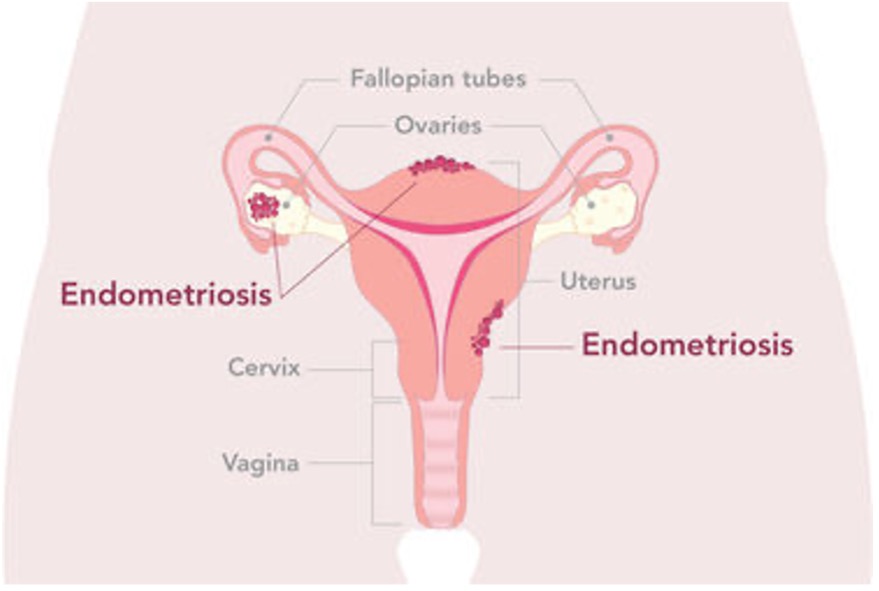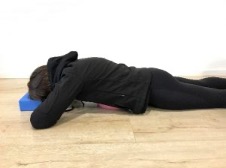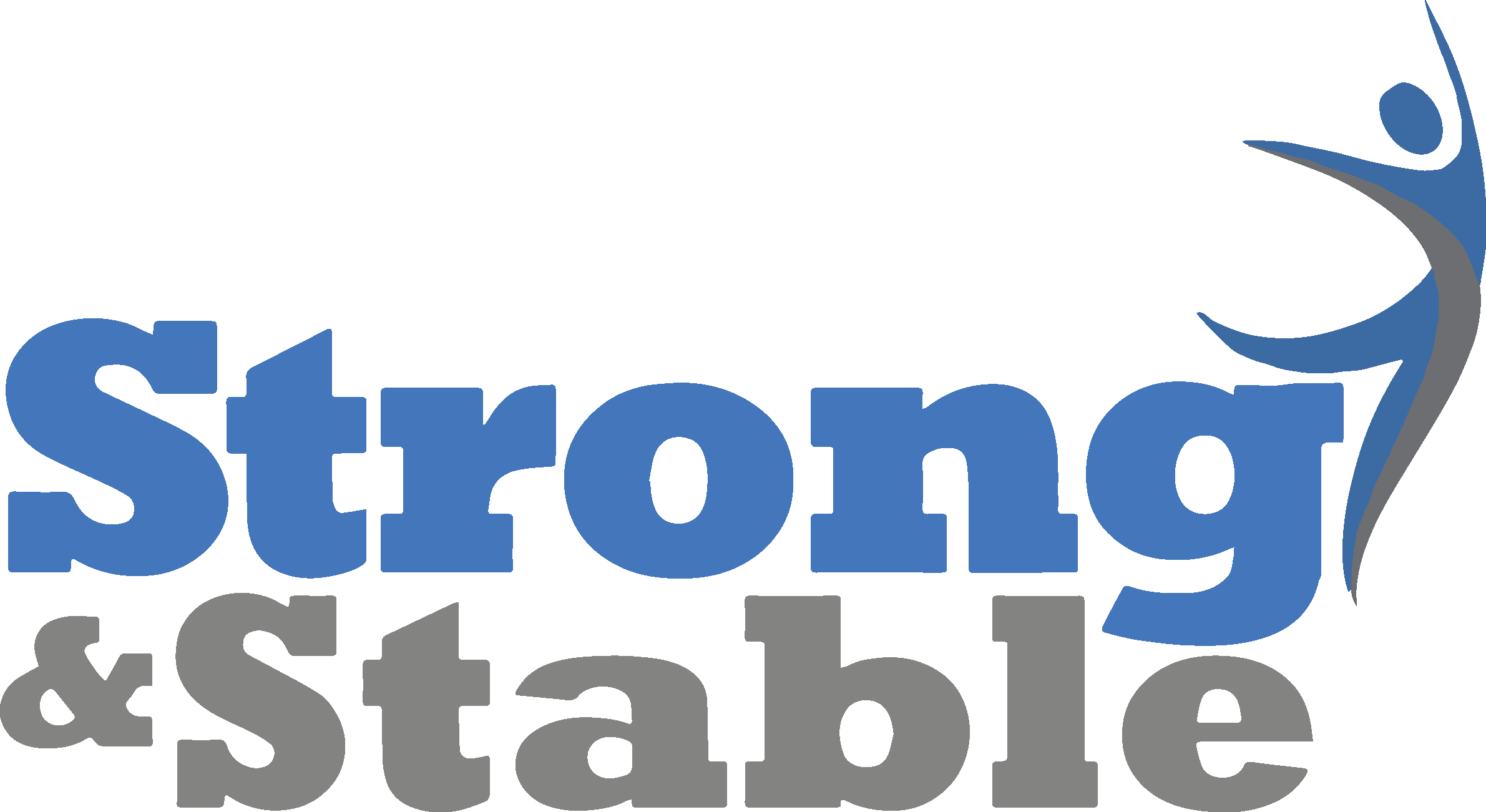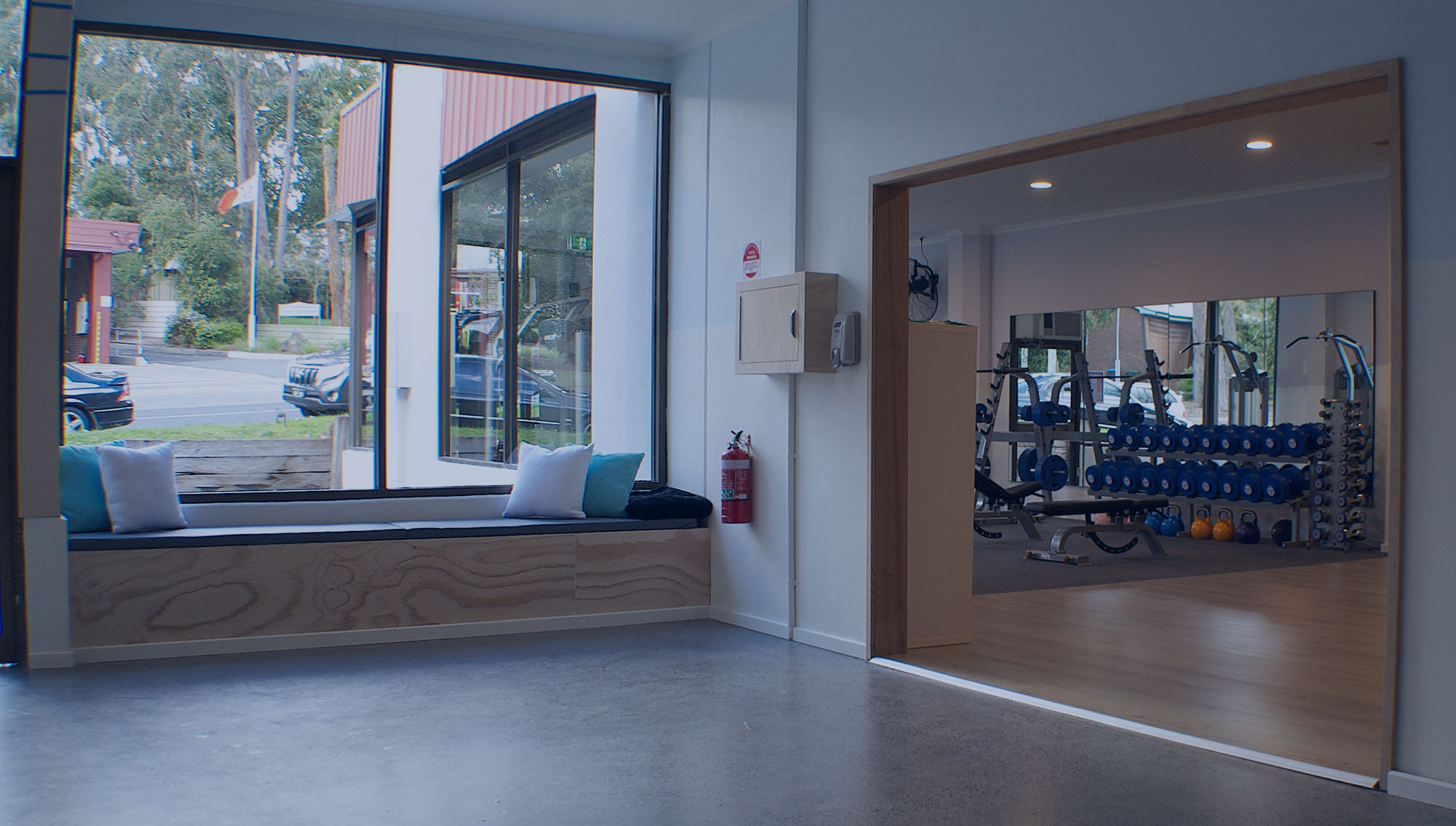15 Mar Exercises Role in Managing Endometriosis
Written by Megan Dame (Accredited Exercise Physiologist)
What is Endometriosis?
Endometriosis is a health condition where cells like the ones that line the uterus are found elsewhere in the body, typically occurring in the pelvis and abdominal cavity (Jean Hailes).
Our body is not designed to remove these cells, so during each menstrual cycle adhesions and scar tissue develop from the release of oestrogen a hormone that fuels endometriosis (Jean Hailes).
1 in 9 people with utersus of reproductive age is affected by endometriosis
 (Jean Hailes)
(Jean Hailes)
What Causes Endometriosis?
Unfortunately, the cause of endometriosis is unknown (Jean Hailes). However, certain factors can increase a woman’s risk of developing endometriosis such as (Jean Hailes):
- Family history of endometriosis
- Backwards menstruation, where the blood flows backwards along the fallopian tubes into your pelvis
- Dysfunction of the immune system, involving the immune system failing to stop the endometrial tissue growth outside the uterus.
Common Signs and Symptoms
Each woman with endometriosis can experience different symptoms. The severity of the symptoms is commonly related to the location of endometriosis, rather than the extent of the disease (Jean Hailes).
Common symptoms of endometriosis include:
- Abdominal, lower back, and pelvic pain
- Heavy menstrual bleeding
- Abdominal bloating
- Fatigue
- Painful periods
- Gastrointestinal (stomach and intestines) issues
- Painful intercourse
- Pelvic floor dysfunction
- Fertility concerns
The Benefit of Exercise for Endometriosis
There are several benefits of exercising to manage endometriosis (Endometriosis Australia):
- Exercise can provide pain relief: Exercise releases feel-good hormones which are a natural form of pain relief, reducing a common symptom of endometriosis.
- Exercise can reduce internal inflammation: Exercise can stimulate the immune system resulting in an anti-inflammatory response, calming the endometriosis inflammation.
- Exercise can reduce pelvic floor and abdomen cramping: Endometriosis sufferers can commonly experience an overactive pelvic floor which can create muscle spasms and tension that are painful, the correct exercise can train the muscles of the pelvis, hips, and abdomen on how to relax.
- Exercise can manage constipation: A common symptom of endometriosis is constipation. Exercise improves digestion and bowel health, which can alleviate constipation.
Best Form of Exercise for Endometriosis
The pain experienced from Endometriosis can cause muscle guarding, where the body braces itself to protect against pain (Exercise Right). This muscle guarding can cause tightness in the pelvic floor, abdominal wall, and hip flexors (Exercise Right).
Exercise based on releasing and stretching these tight muscles is favourable for endometriosis, for instance, a glute stretch, foam roller quad release, butterfly stretch, and overball abdominal release.


The next progression is strengthening the muscles of the lumbopelvic (spine-hip) region, to ensure correct activation of these muscles, and balance out the mobility (stretch) and strength of the muscles to manage symptoms.
Exercises to help strengthen and ensure correct coordination of the lumbopelvic region include clams, backwards walking, and tabletop hold.

Exercises to Avoid with Endometriosis
Initially, when first diagnosed with endometriosis the following exercises should be avoided, including (Exercise Right):
- High-intensity abdominal exercises as they can place a significant load on your abdominal and lower back like a crunch.
- High-impact exercises like tuck jumps, running, and star jumps.
This does not mean you can never perform these exercises again. However, in the initial stages of endometriosis diagnosis, rest, and recovery to assist your body in healing are important. Followed by managing associated symptoms before progressing to exercises that are high intensity and impact in nature.
Guidance
An Accredited Exercise Physiologist is specialised in prescribing exercise for individuals with health conditions such as endometriosis and can help you create an exercise plan that is tailored to you and your condition.


Sorry, the comment form is closed at this time.